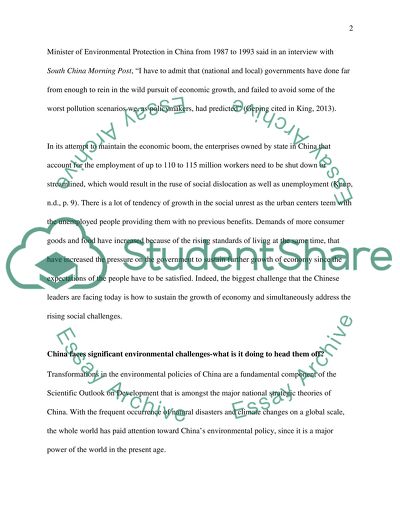Cite this document
(“China has excellent environmental policies on paper. The problem is Essay”, n.d.)
China has excellent environmental policies on paper. The problem is Essay. Retrieved from https://studentshare.org/environmental-studies/1469959-china-has-excellent-environmental-policies-on
China has excellent environmental policies on paper. The problem is Essay. Retrieved from https://studentshare.org/environmental-studies/1469959-china-has-excellent-environmental-policies-on
(China Has Excellent Environmental Policies on Paper. The Problem Is Essay)
China Has Excellent Environmental Policies on Paper. The Problem Is Essay. https://studentshare.org/environmental-studies/1469959-china-has-excellent-environmental-policies-on.
China Has Excellent Environmental Policies on Paper. The Problem Is Essay. https://studentshare.org/environmental-studies/1469959-china-has-excellent-environmental-policies-on.
“China Has Excellent Environmental Policies on Paper. The Problem Is Essay”, n.d. https://studentshare.org/environmental-studies/1469959-china-has-excellent-environmental-policies-on.


